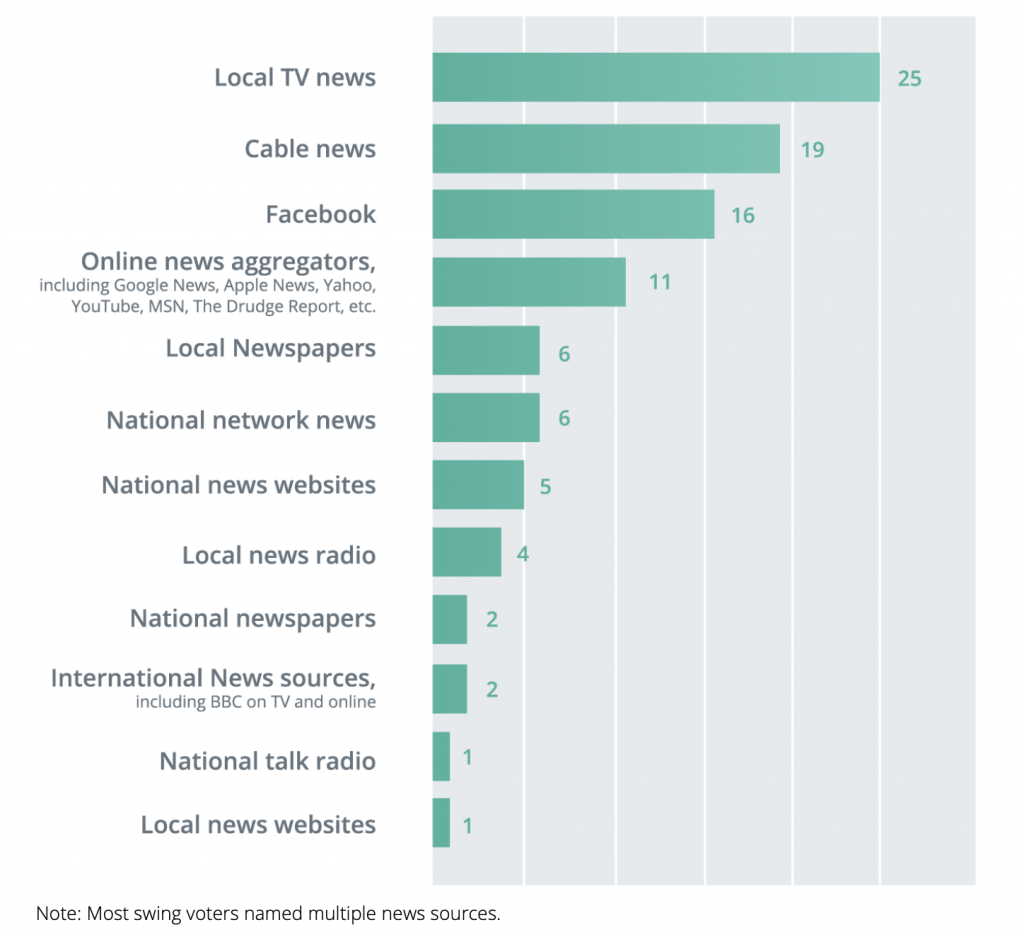05 Aug Why Policy Messages Have To Be Tested Outside The DC Beltway
DRINKING YOUR OWN KOOL-AID IS BAD FOR YOUR (POLITICAL) HEALTH
We see it time and again. Critical policy messages that miss the mark. The reason is simple: they were vetted with the wrong people.
If you are based in the Washington, DC area, whether you’re a corporation, association, think tank, or politician, here’s some free advice: Test Your Message Outside the Beltway.
We do policy message testing for a living.
➤ Please reach out- we’d love to help.
That’s what we’ve been telling our clients for nearly two decades. And even though they know that—of course they know that—clients are always surprised at what outside-the-Beltway testing turns up.
Here’s why it matters:
➤Average Americans Only Consume a “Trickle” of News
Most people outside the Washington metro area are not immersed in the details of your issues—sometimes they’ve never even heard of the issues. We’ve validated this again and again through our Swing Voter Project, which taken us to swing states every month for the last 18 month. Average Americans by and large get their news is small doses from LOCAL SOURCES. Yes, some watch cable news but are almost as likely to get their news from Facebook.
➤Average Americans are Fixated on Themselves
This is not to imply that they don’t care about other people or the world as a whole. It simply means that while trying to pay their bills and care for their family, they don’t have the LUXURY of immersing themselves in DC news.
👉Some of them are working multiple jobs.
👉Some of them are a health crisis away from bankruptcy.
👉Some of them are working 18 hour days to keep the family farm afloat.
👉Some of them are caring for a chronically ill family member.
Their challenges are real and immediate.
➤Validate That Your Policy Messages Are Connecting
And the best way to do that is to test your messages with them. Get in their heads. See their reactions. Hear their thoughts. Then refine based on what you’ve learned.
Again, our clients know all this. But they still—regularly—say things like, “I did not expect that one to tank!”; “I am really surprised none of the respondents have heard of that.”; “I didn’t realize our language was so full of jargon until this dial test.”
And we especially like: “Good thing we tested this!”
We do policy message testing for a living.
➤ Please reach out- we’d love to help.
——–
To demonstrate how different Washington, D.C. is from other parts of the country, here are some facts and comparisons:
—Bigger salaries: highest per capita income in the country ($75,569; the national average is $49,571)[1] with an annual growth rate of 4.5% (vs. 3.6% national average)[2]
—Educated: 55% of the population 25 years or older has at least a bachelor’s degree (29.3% nationally);[3] 31% have an advanced degree (11.2% nationally)[4]
—Expensive housing: median value of a house is $460,700 ($163,900 nationally)
—Lower rate of home ownership: 40.4% own their own homes (63.7% nationally)
—High crime: 6,408.6 crimes per 100,000 people (3,295.0 nationally)[5]
[1] http://www.courant.com/business/hc-per-capita-income-connecticut-20170328-story.html
[2] https://wtop.com/business-finance/2017/03/dc-per-capita-income-25-percent-higher-national-average/
[3] https://www.iowaeconomicdevelopment.com/50states
[4] https://factfinder.census.gov/faces/tableservices/jsf/pages/productview.xhtml?pid=ACS_15_5YR_S1501
[5] https://www.iowaeconomicdevelopment.com/50states


Sorry, the comment form is closed at this time.